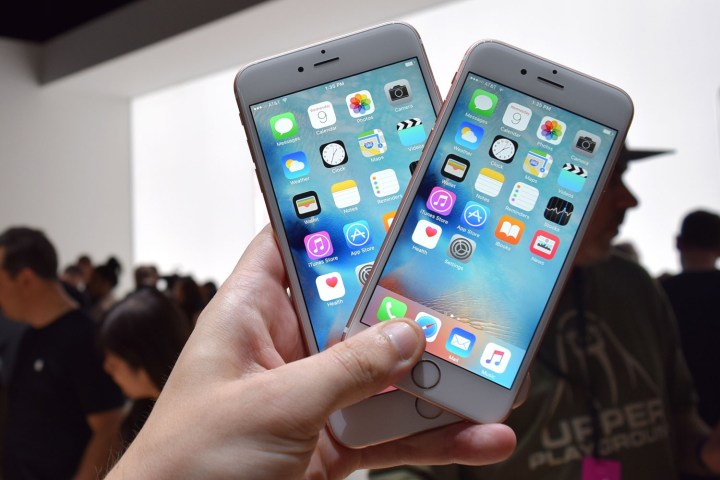
Wang Jyh-chau, CEO of display manufacturer Innolux, believes that OLED is unlikely to totally replace LCD displays when it comes to performance-cost ratios. Instead, microLED displays will replace OLEDs and eventually become a mainstream technology. Apple currently uses TFT-LCD display technology in its iPhone lineup.
Of course, it’s important to note that there could be another motive for the head of an LCD company pointing out the problems with OLED technology — OLED displays could eventually put Wang Jyh-chau’s company out of business. There is, however, previous evidence suggesting Apple may quickly move beyond OLED. For example, Apple bought LuxVue, a microLED company, a few years ago, and even reportedly opened up a secret microLED lab in Taiwan to work on developing displays.
There aren’t currently any commercial devices that use microLED technology, but that’s largely due to the fact that the displays aren’t yet very cost effective. If Apple can change that, the company would most likely prefer to use its own technology and its own displays rather than buy them from other companies and use the designs built by competitors.
So why are microLED displays so much better? One of the best things about them is that they’re both thinner and lighter, while still offering an improved color gamut, more brightness, and better display resolutions. Of course, all these advantages come at a price — and a fairly high one at that, which is why they aren’t being used in commercial devices just yet.
Editors' Recommendations
- Apple may have delayed a critical Apple Watch upgrade
- 8 iPhone browser apps you should use instead of Safari
- Apple used this free iPhone app to shoot Monday’s Scary Fast event
- Apple may kill one of its most important iPhones with iOS 17
- Forget AirPods — here’s why I use Samsung earbuds with my iPhone


